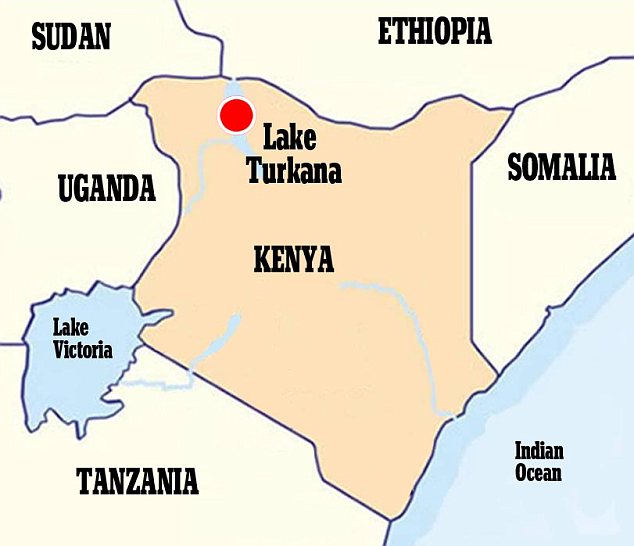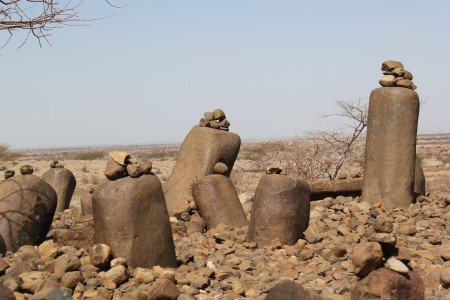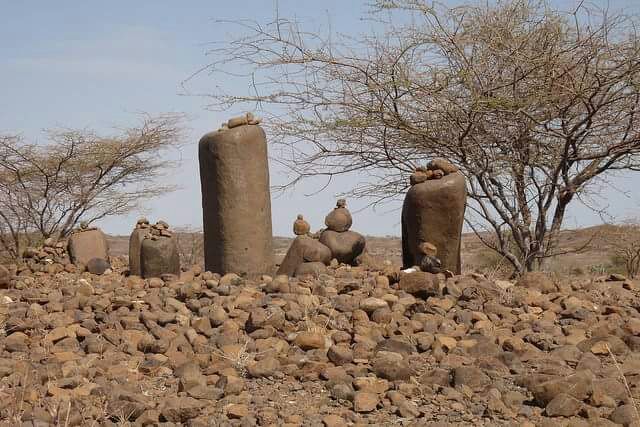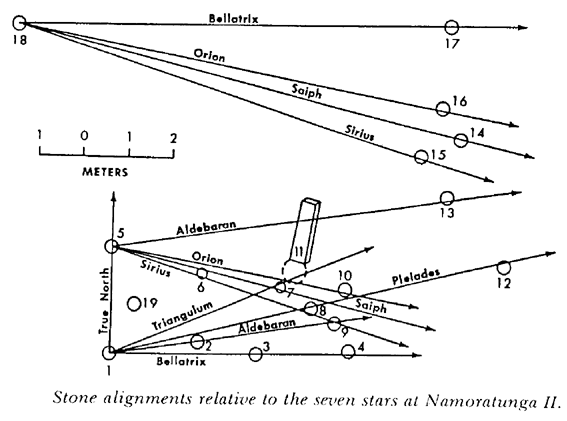Africa Astronomy: The Dancing Stones of Namoratunga, Kenya
At first glance, the site located 20 km off the Lodwar – Kalokol road, on the west of lake Turkana in Kenya looks unappealing, just a few stones placed on an isolated site. A local legend says a group of wanderers (presumably explorers from the Turkana tribe) were turned into stone for mocking a group of native dancers they found dancing on the site.

Like similar sites in Africa and Namoratunga meaning “people of stone” or as more commonly known, "The Dancing Stone of Namoratunga" hold more profound and advanced significance as to the grandeur of ancient African science and technology.
This ancient site goes back over 2000 years, comprises of 19 basalt one-metre-high stones, almost perfectly cylindrical, some tilted over, others fallen completely, are arranged in rows forming a suggestive pattern.


Since the 70s, scientists have taken sightings on seven prominent Borana stars - Triangulum, Pleiades, Bellatrix, Aldebaran, Central Orion, Saiph and Sirius, as they would have appeared during this period. They have found that these stone pillars make 25 alignments with these seven stars.

Almost two centuries before Roman emperor Julius Caeser commissioned a calendar to regular activities in his empire, Africans in this region made use of these pillar alignments with the constellations develop a sophisticated calendar of 12 months 354 days, like their neighbours the ancient Egyptians.
Robert Fikes of San Diego State University notes in his treatise, published in the Journal of Blacks in Higher Education: “Studying the alignment of nineteen megaliths near Kenya’s Lake Turkana in the Rift Valley, a region inhabited by the ancient Cushites, archaeologists have concluded that, among other things, these basalt columns functioned as astronomical observation tools and that they were key to the plotting of the Borana calendar circa 300BC.”
According to Prof. Legesse the Borana calendar has 354-days in a year composed of 12 months. The 12-months are Bittottessa (Triangulum) Camsa (Pleiades), Bufa (Aldebarran), Wacabajjii (Belletrix), Obora Gudda (Central Orion-Saiph) Obora Dikka (Sirius), Birra (full moon), Cikawa (gibbous moon) Sadasaa (quarter moon), Abrasaa (large crescent) Ammaji (medium crescent) and Gurandalla (small crescent).
Sources:
- www.findingkenya.com
- Wikipedia
- "Namoratunga: The First Archaeoastronomical Evidence in Sub-Saharan Africa," Science, 200:766, 1978 - Lynch, B.M., and Robbins, L.H.
- www.space.com
- www.theioo.com